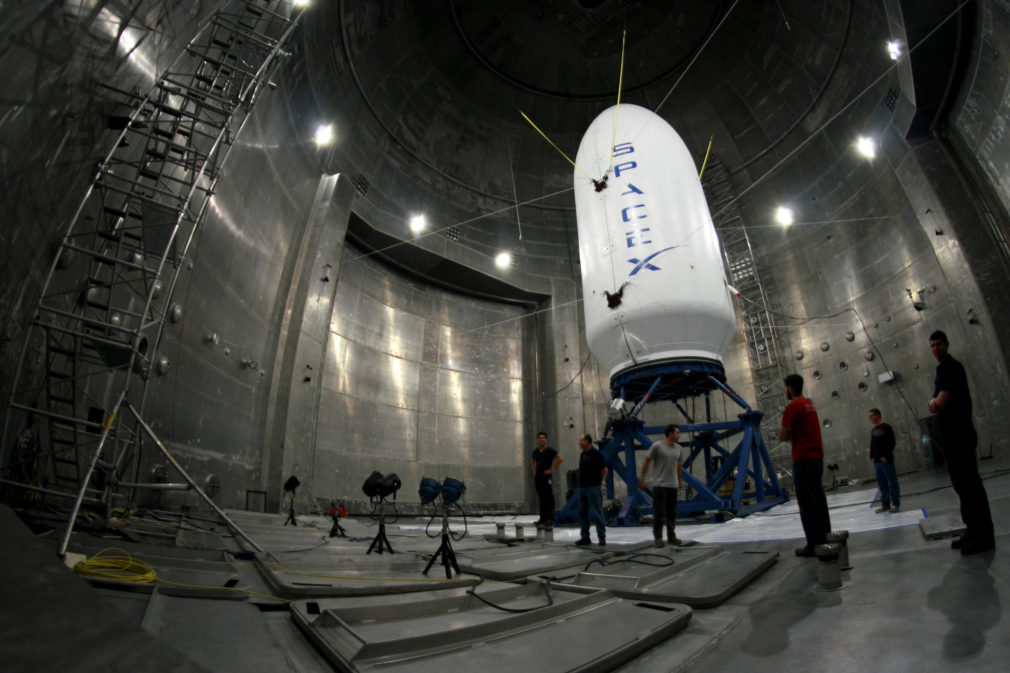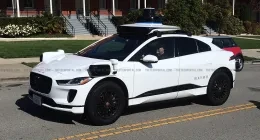Elon Musk-owned SpaceX has made successfully landing the Falcon 9 launch vehicle on the drone ship or hard ground a routine over the past couple years. But, today’s launch was particularly significant as the private space company has managed to land a used Falcon 9 rocket after delivering a communication satellite to the geostationary orbit (in short, space). But, that’s not the only feat it achieved today!
Ever since its inception in 2002, SpaceX’s primary objective has always been to reduce the cost of space missions which usually costs tens or even hundreds of millions of dollars. The company has already completed its first step relaunching the Falcon 9 rocket, but it was accompanied by the recovery of the nose cone on top of the rocket this time around. Yes, SpaceX has successfully recovered yet another part of their rocket.
The nose cone, which is called the fairling, can be seen as a hard protective shell that is attached at the top of the rocket to protect the payload from external damage during lift-off and flight through the atmosphere. The fairling is usually about five meters in diameter and is constructed out of carbon fiber and aluminum honeycomb.
Further, the fairling can be split in two to make it easy to install around the payload and remove — which is what happened during this historic flight. It hasn’t been designed in the form of a jacket which can be worn by the payload because that can damage the same if it doesn’t fit at some point. It costs about $6 million to develop the fairing, which means each of the two shells cost about $3 million. It isn’t exactly the most expensive component of the rocket but still adds to the overall reduction in the cost of the space flight.
The landing of the two halves of the nose cone was very similar to, you can say, the Dragon capsule. The two halves soft-landed in the Atlantic Ocean. The shell popped into two — as designed to — and started falling back to Earth, speeding down via their own thruster systems. The parachutes were deployed to protect them from a crash landing in the ocean. While Musk already referred to the Falcon 9 landing as historic, he called the recovery of the nose:
That was definitely the cherry on the cake.
SpaceX has already completed over nine successful Falcon 9 landings, with three consecutive ones this year. And the landing of the nose cones in the ocean adds to its rocket parts reusability mission, which now has a rather ambitious goal. Elon Musk has now set sight on using the Falcon 9 for reflight within 24-hours of landing, according to a tweet.
Incredibly proud of the SpaceX team for achieving this milestone in space! Next goal is reflight within 24 hours.
— Elon Musk (@elonmusk) March 30, 2017
This begs the question — Is it only me or are we all star struck with Elon Musk’s vision? Comment your thoughts down below.
The Tech Portal is published by Blue Box Media Private Limited. Our investors have no influence over our reporting. Read our full Ownership and Funding Disclosure →






